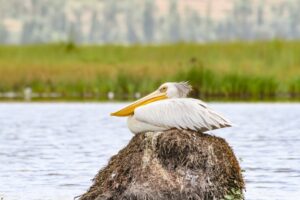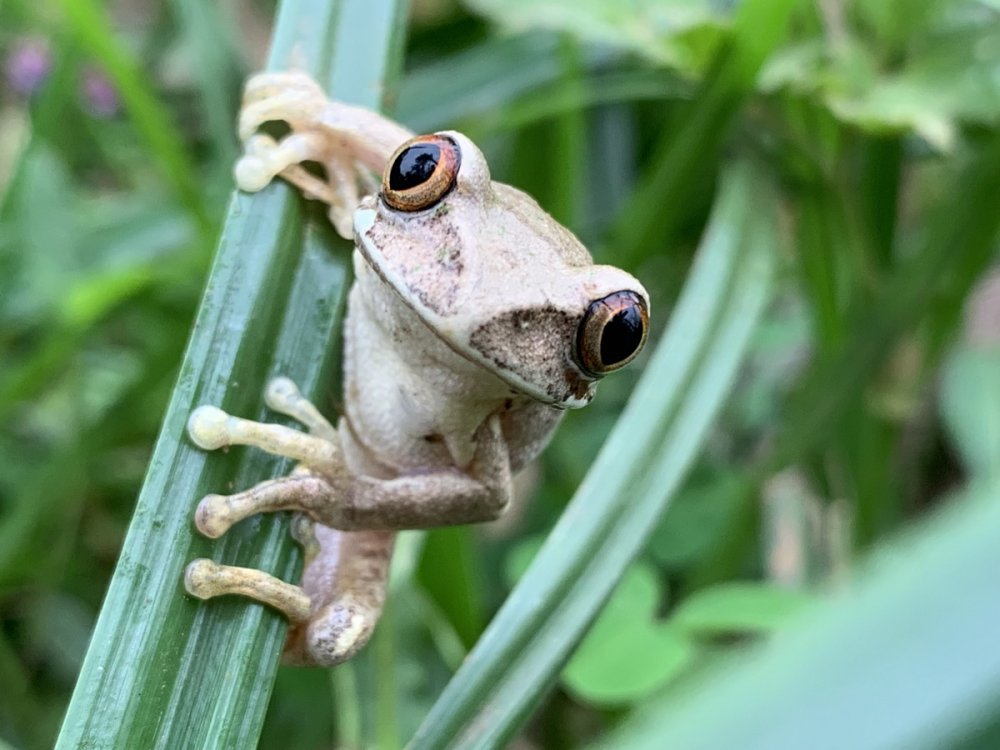Environmental experimenters from Rwanda and other East African nations have made a groundbreaking discovery in the Rugezi Wetland, relating a aggregate of 638 species, including 433 that were preliminarily unknown to the region. This significant achievement has drawn attention to the ecological significance of Rugezi Marsh and underlined the need for continued exploration and conservation sweats in this vital area.
Gauging an emotional 6,736 hectares across Rwanda’s Gicumbi and Burera sections, Rugezi Marsh is one of the country’s most pivotal washes. It serves as a crucial water source for the Burera and Ruhondo lakes, which play an essential part in powering the Ntaruka and Mukungwa hydroelectric shops. These shops give a dependable force of electricity to girding communities and diligence, making the health of the swampland a direct contributor to the country’s energy security.
Rugezi Marsh has been internationally honored for its ecological significance. It was designated a Ramsar point in 2006, joining a global network of defended washes under the Ramsar Convention. This transnational convention, established in 1971 and enforced in 1975, is devoted to the conservation and sustainable use of washes worldwide. Despite this designation and the area’s inarguable ecological and profitable significance, Rugezi Marsh had n’t been the focus of a comprehensive species roster until experimenters initiated an ambitious study in 2023.
The findings of this exploration are nothing short of remarkable. Among the recently proved species are two recorded for the first time in Rwanda the Hydrilla Leafcutter Moth butterfly and the climbing factory Zehneria tridactyla. These discoveries illustrate the untapped natural uproariousness of the swampland and punctuate the eventuality for farther groundbreaking findings in the future.
The exploration platoon conducted an expansive check of the swampland’s biodiversity, relating 197 factory species. Of these, 109 were preliminarily unlisted in the swampland, representing a significant expansion of scientific knowledge regarding the area’s foliage. The platoon also proved 127 raspberry species, 28 of which are new records for the region. These findings demonstrate the swampland’s critical significance as a niche for avian species, numerous of which play vital places in original ecosystems, similar as pollination and pest control.

The swampland’s waters teem with submarine life, as substantiated by the identification of 82 recently recorded pets. The experimenters also discovered 14 species of amphibians, eight of which are new to the swampland, and 13 species of reptiles, 10 of which were preliminarily undocumented. These findings not only emphasize the swampland’s significance as a haven for submarine andsemi-aquatic species but also suggest the possibility of farther undiscovered species yet to be entered.
The experimenters’ sweats extended to mammalian life as well, recording 53 mammal species in the swampland. These included 22 species of batons, which are known to play pivotal ecological places as pollinators and seed dispersers. also, the study linked three species of fish, one of which had n’t been proved ahead. The diversity of arthropods was another highlight of the exploration, with 149 species linked, including 49 species of butterflies all of which were new records for Rugezi Marsh.
Laure Rurangwa, a supereminent experimenter specializing in avian species, stressed the significance of this expansive biodiversity study. She explained that it represents the first truly in- depth disquisition of Rugezi Marsh, slipping light on the area’s unique and complex ecosystem. Rurangwa also emphasized the need for continued exploration to understand the inheritable diversity of the proved species. She noted that inheritable analysis could potentially reveal species that are entirely new to wisdom, farther demonstrating the significance of ongoing disquisition and conservation sweats.
Olivier Nsengimana, Executive Director of the Rwanda Wildlife Conservation Association( RWCA), underlined the significance of this exploration for conservation sweats, particularly in relation to the exposed slate culminated crane, a species of special concern in Rwanda. The crane population in the country has shown significant enhancement in recent times, thanks to targeted conservation enterprise. Rugezi Marsh is home to nearly a quarter of Rwanda’s crane population, which has grown from 487 individualities in 2007 to 1,293 moment. This success story serves as a testament to the positive impact of well- coordinated conservation programs and highlights the swampland’s critical part as a niche for this iconic species.
The significance of Rugezi Marsh extends beyond biodiversity. Faustin Munyazikwiye, Deputy Director General of the Rwanda Environment Management Authority( REMA), emphasized its vital part in Rwanda’s environmental and energy sectors. He recalled the severe power dearths endured in 2001- 2002, which were directly linked to declining water situations at the Ntaruka hydroelectric station. This extremity was attributed to the drying of Rugezi Marsh, illustrating the direct connection between swamp health and energy product.
In response to this extremity, restoration sweats for the swampland were launched and successfully completed by 2010. moment, Rugezi Marsh has not only recovered but is thriving, thanks to the combined sweats of government authorities, conservation associations, and original communities. cooperative enterprise have concentrated on guarding the swampland while supporting sustainable livelihoods for the residers who depend on its coffers. These sweats include promotingeco-friendly agrarian practices, encouraging the use of indispensable energy sources to reduce pressure on the swampland, and raising mindfulness about the significance of swamp conservation.
Looking ahead, experimenters and conservationists agree that the findings from Rugezi Marsh represent just the morning. The area’s biodiversity is still not completely understood, and there’s immense eventuality for farther discoveries. These findings also serve as a important memorial of the significance of guarding washes not only for their ecological value but also for their benefactions to mortal well- being, similar as water regulation, climate change mitigation, and sustainable development.
As one of Rwanda’s most important washes, Rugezi Marsh stands as a symbol of the country’s commitment to conservation and sustainable development. By continuing to invest in exploration, restoration, and community engagement, Rwanda is setting an illustration for how nations can balance environmental stewardship with mortal progress. The discoveries made in Rugezi Marsh are n’t just a original achievement — they are a donation to global sweats to understand and cover the natural world for unborn generations.




